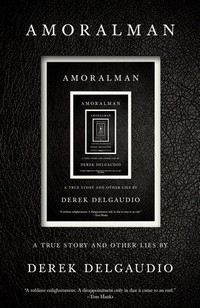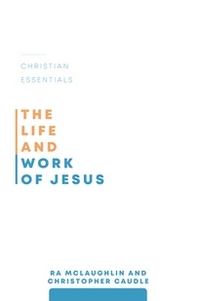 The Life and Work of Jesus
The Life and Work of Jesus
by Ra McLaughlin and Christopher Caudle
DETAILS: Series: Christian Essentials Publisher: P & R Publishing Publication Date: April 26, 2022 Format: Paperback Length: 286 pg. Read Date: October 8-23, 2022

What’s The Life and Work of Jesus About?
One of the advantages of this series is that I can largely recycle what I said about the first volume (I tried to come up with something new, but it felt like I was wasting time reinventing it).
This is a basic and broad introduction to Christology—starting with the idea of a savior and dealing with the overall plan of salvation before moving into seeing the outworking of that idea in history through the Incarnation and Jesus’ life, death, and resurrection. Then it moves into a discussion of the offices Christ executes (prophet, priest, and king)–looking at them in the OT shadows, Christ’s fulfillment of them on Earth and now. It’s adapted from curriculum using language that’s easy to translate—particularly into languages that don’t have a well-developed theological vocabulary—so the English is kept basic, too. There’s almost no academic or technical theological language used, and those that are used are well-defined (including in a handy glossary).
The chapters are short (most around fifteen pages) and well-organized. Each contains a handful of side-bars consisting of a paragraph or two with the contents of interviews with pastors and theologians on the topic under discussion. These interviews were with people from a variety of theological perspectives helping broaden the text so that it’s not exclusively from a reformed perspective.
So, what did I think about The Life and Work of Jesus?
I wasn’t blown away by this, but I liked it. It was a good, basic but thorough introduction to both the life and work of Jesus. After the first book in the series, I thought I knew what to expect from this book–and got it, with a little bit more. I’d say these authors covered their topics a bit more thoroughly than the previous book did (but just a bit). I’m not as convinced that the sidebars were as helpful this time out, however, so maybe things evened out.
I didn’t stumble onto anything problematic in this work like I did in the previous one, which was very encouraging.
All in all, this is a solid work that would be great for a new believer or a young student looking to get a better grounding. It’s broad enough to appeal to any evangelical but solid enough to work for those who tend to prefer a bit more precision.

This post contains an affiliate link. If you purchase from it, I will get a small commission at no additional cost to you. As always, the opinions expressed are my own.
![]()




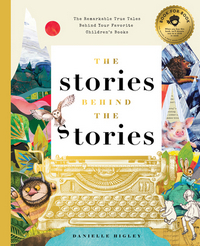

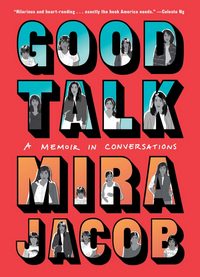
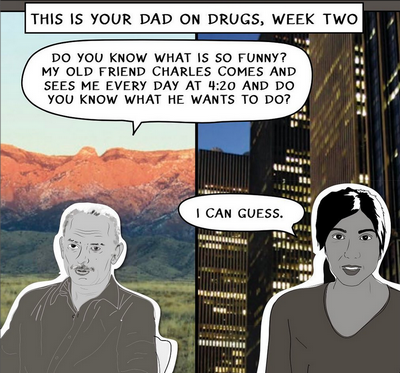
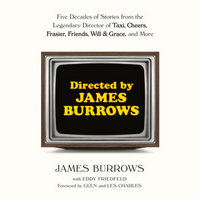

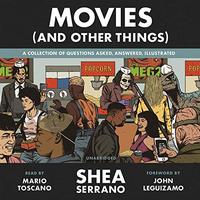
 Who’s the better tough guy movie dog owner? (Will Smith in Legend, Tom Hardy in The Drop, or Keanu Reeves in John Wick?)
Who’s the better tough guy movie dog owner? (Will Smith in Legend, Tom Hardy in The Drop, or Keanu Reeves in John Wick?)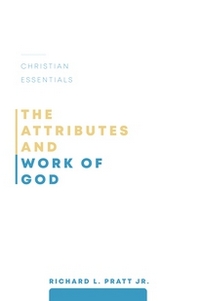


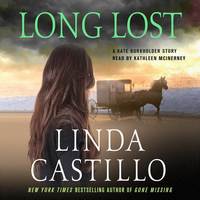
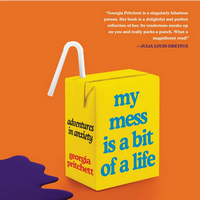

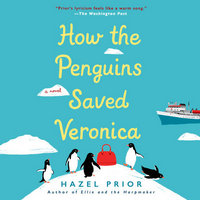
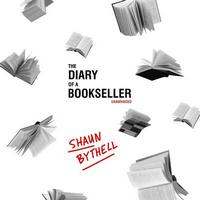
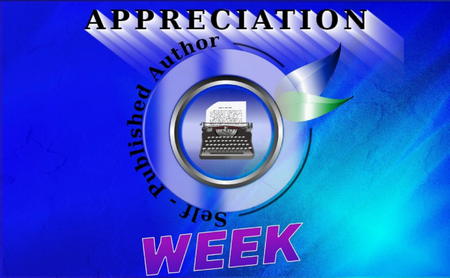
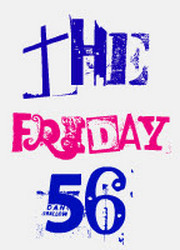
 Grab a book, any book.
Grab a book, any book.